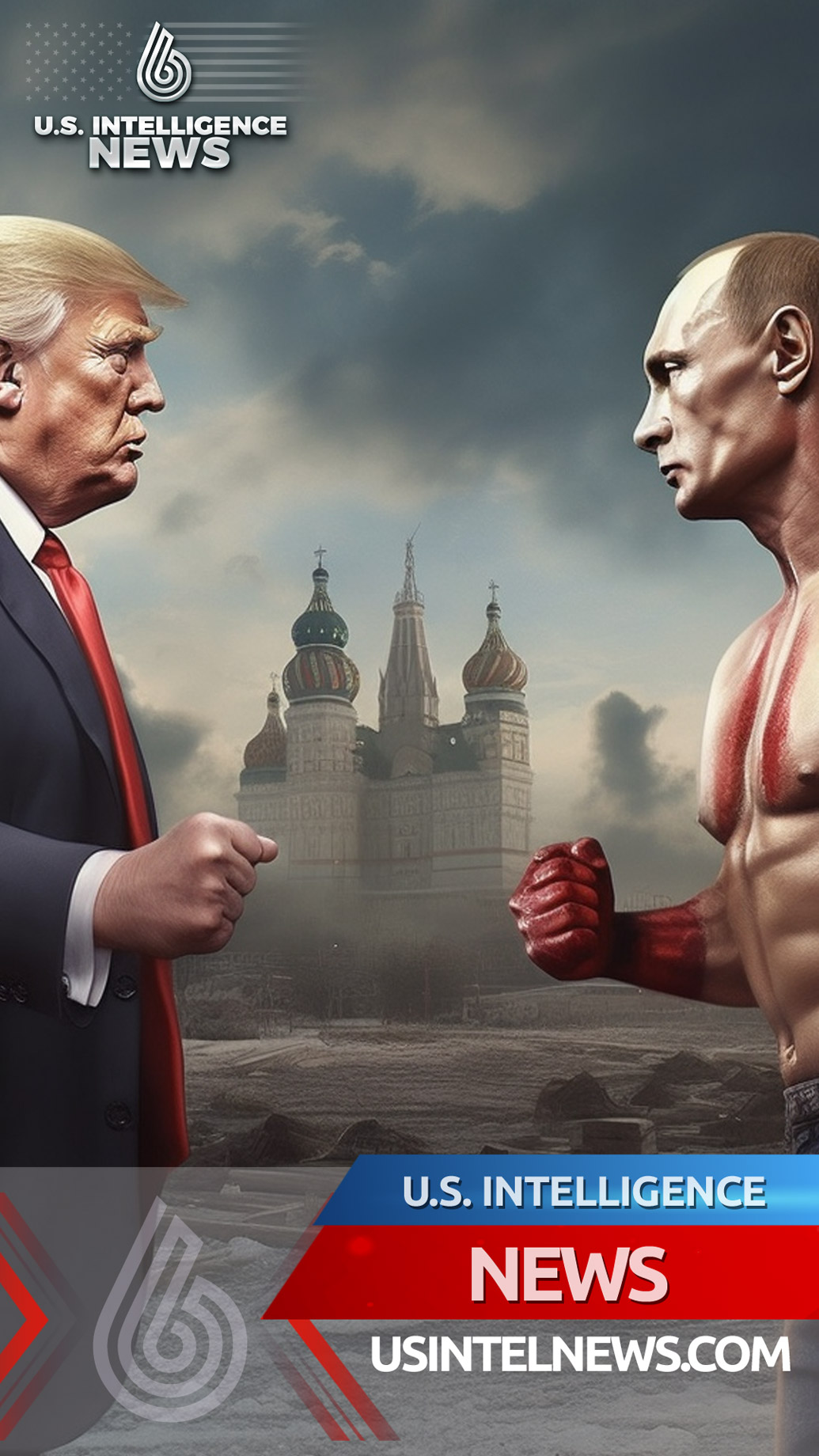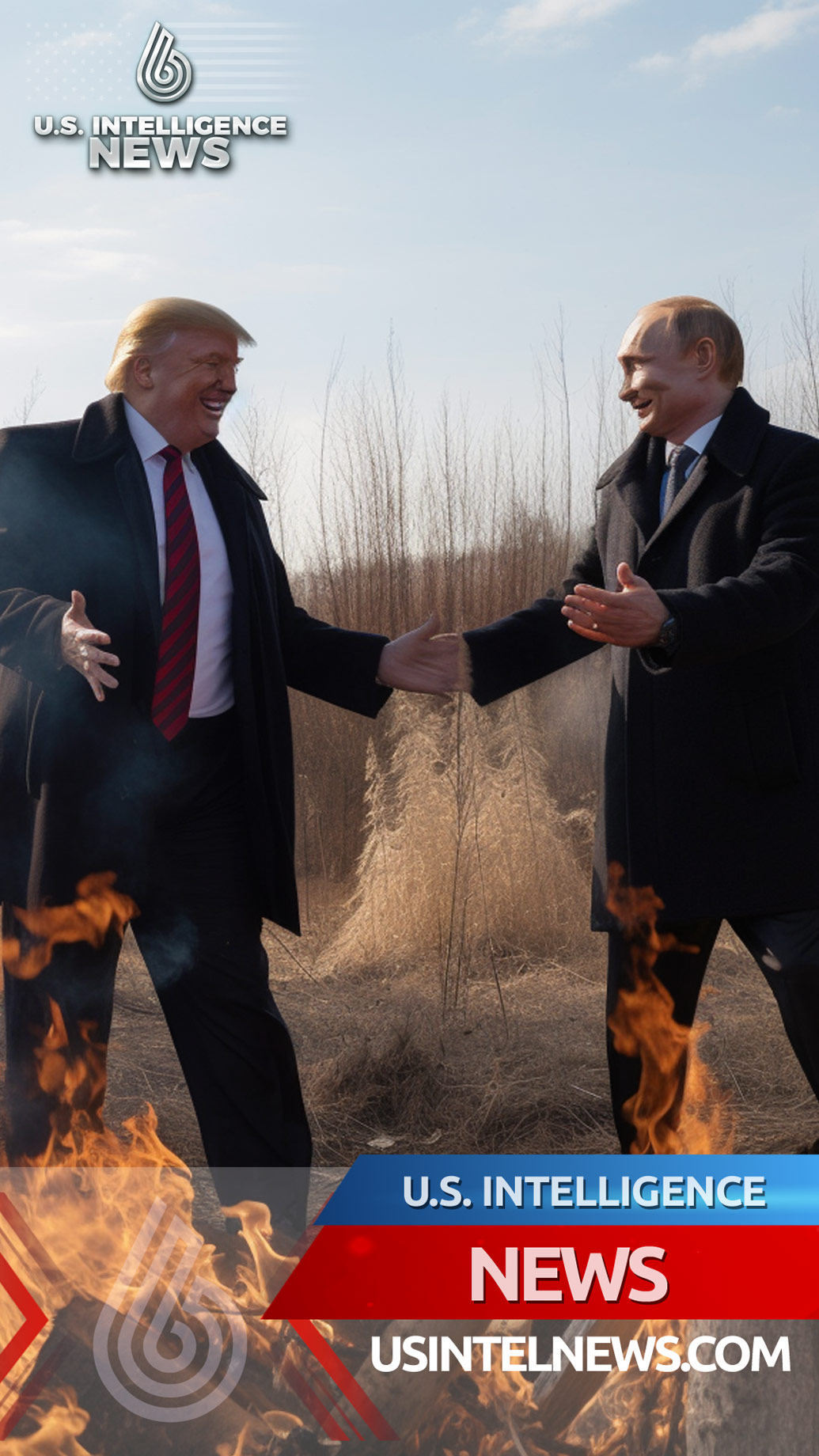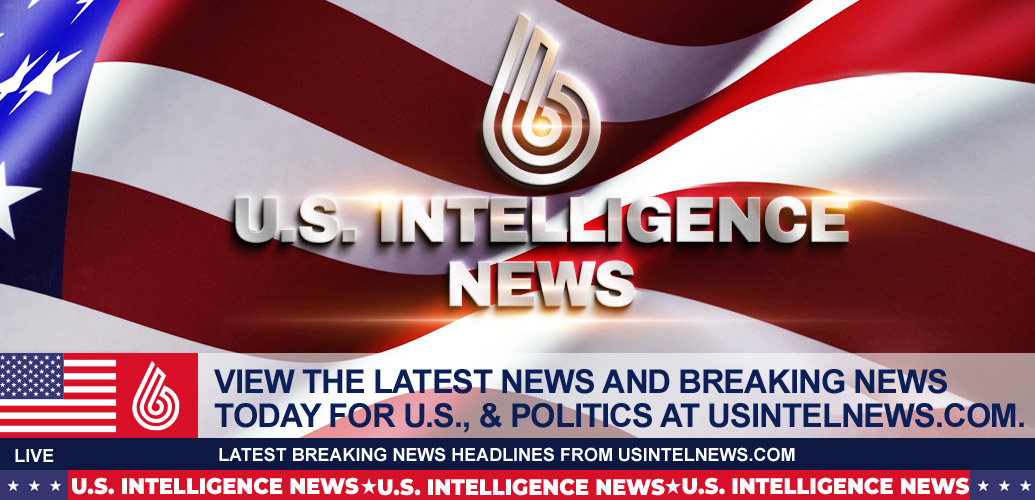
The U.S. Intelligence Community
East Room, The White House
Welcome everyone to the first Native American Heritage Month Reception at the White House! It’s wonderful to be here with so many friends—like Congresswoman Davids; Shelly Lowe, our first Native American chair of the National Endowment for the Humanities; and so many Tribal leaders.
Last Friday, a flame was lit to dedicate the National Native American Veterans Memorial.
The flame sits in an unbroken circle, welcoming memories of those living and lost, and offering healing to those who remain. And all around it, float the voices of native singers, carried on the wind.
The memorial is dedicated to soldiers like Specialist Lori Piestewa, a mom and member of the Hopi tribe, who at the age of 23, deployed to Iraq. Both her father and grandfather were war veterans—and she was proud to serve. But in a city in Southern Iraq, her company was ambushed. During the fighting that followed, she saved at least one of her fellow soldier’s lives before she was wounded and taken prisoner.
When her community back home in Tuba City heard that she was missing, they refused to give up hope. They turned porch lights on every night to help her find her way home, even in the darkness.
Lori gave her life for our country—the first woman to die on the frontlines of Iraq. But her kindness, courage, and commitment to this nation are not lost. They live on, in the hearts of her community and in the flame that honors her memory on the National Mall.
Through my Joining Forces initiative, I’ve worked to lift up stories like Lori’s and so many others—people who serve in extraordinary ways every day.
And through that work, I’ve seen that Native American’s military service hasn’t always been recognized as it should. Still, that hasn’t stopped this community from serving at higher rates than any other group.
Sometimes the promise of this country lives strongest in the hearts of those who have never felt the full measure of that promise: those who fight hardest for the shining country that we can—and will—be.
I see that in this crowd today—leaders who continue to show us the meaning of courage, duty, and honor.
In the last two years, I’ve met with self-described sister warriors of the Navajo Nation, mental health advocates of the Saginaw Chippewa Indian Tribe of Michigan.
I’ve met with those leading the fight against cancer on the Tohono O’odham Nation, health care leaders of the Alaska Native Medical Center, and students studying their Cherokee language. I’ve seen how you have shaped our past—and how you are leading us into the future.
President Biden is working every day to help this country reflect our shared values.
He understands that representation isn’t about checking a box, but about lifting up the voices we all need to hear—like Chair Lowe and Secretary Haaland. He knows we are stronger when we recognize that our differences are precious, and our similarities infinite.
That’s why he made sure that this community is reflected not just in one bill or proclamation, but in every key piece of legislation he’s signed.
From the American Rescue Plan, which provided the single largest investment for Native communities in history; to the Bipartisan Infrastructure Law, which is bringing historic funding to Indian country for broadband, water access, roads and bridges; to the Inflation Reduction Act, which helps Native communities fight the effects of climate change, bring electricity to their homes, and develop clean energy.
My husband continues to listen to and learn from your voices and, most importantly, act.
Just yesterday the White House convened a Tribal Youth Forum, where young people from around the country came together with Administration officials to map out the progress they wish to create.
And he is looking forward to welcoming Tribal leaders for the White House Tribal Nations Summit at the end of the month. Joe—and his entire Administration—stand with Indian Country, today, tomorrow, and for all the days to come.
If you visit the National Native American Veterans Memorial today, you may hear a veteran song by the Black Lodge Singers. It begins with a voice describing why he puts on red paint. He says it signifies, “that you’re ready for anything. That your heart is good. That you’re going to fight for your family. That’s what warrior means—to be ready for anything. To fight for what you believe in.”
As we build a brighter tomorrow, all of you are leading the way—coming together to light a better path, healing each other and the country we call home, working tirelessly for the communities you love.
And I see that spirit in you, too—good-hearted, ready for anything, fighting for what you believe in—for the future we all share.
I am honored to stand with you and to welcome you to the White House today—your house.
And now I would like to introduce a woman who works every day to protect our environment, support our families, and work with tribes across the country. Everyone, please welcome, Secretary of the Interior, Deb Haaland.
###
The post Remarks as Prepared for Delivery by First Lady Jill<span class="dewidow"> </span>Biden at a Reception in Honor of Native American Heritage<span class="dewidow"> </span>Month appeared first on The White House.

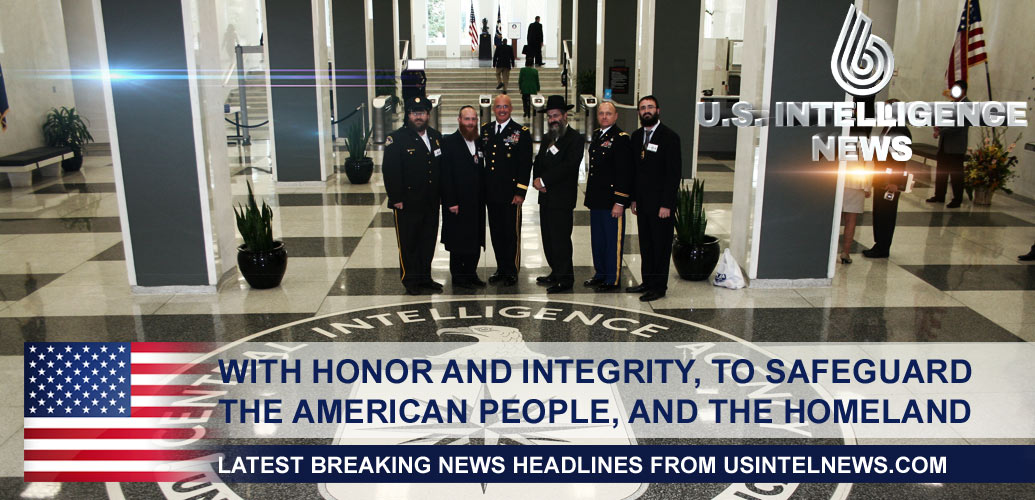
 Breaking: Russian Rouble in Freefall—Economic Collapse Looms Amid “Death Cross” Decline
Breaking: Russian Rouble in Freefall—Economic Collapse Looms Amid “Death Cross” Decline 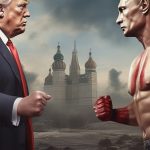 Russian Oligarchs Under Fire: Kremlin Faces Collapse Amid Economic Freefall and Global Accountability Efforts
Russian Oligarchs Under Fire: Kremlin Faces Collapse Amid Economic Freefall and Global Accountability Efforts  Putin Regime’s Push for Tactical Nuclear Strike: Escalation Fears Grow
Putin Regime’s Push for Tactical Nuclear Strike: Escalation Fears Grow 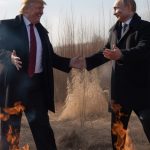 Trump Team Stunned by Hidden Global Power Play
Trump Team Stunned by Hidden Global Power Play 
